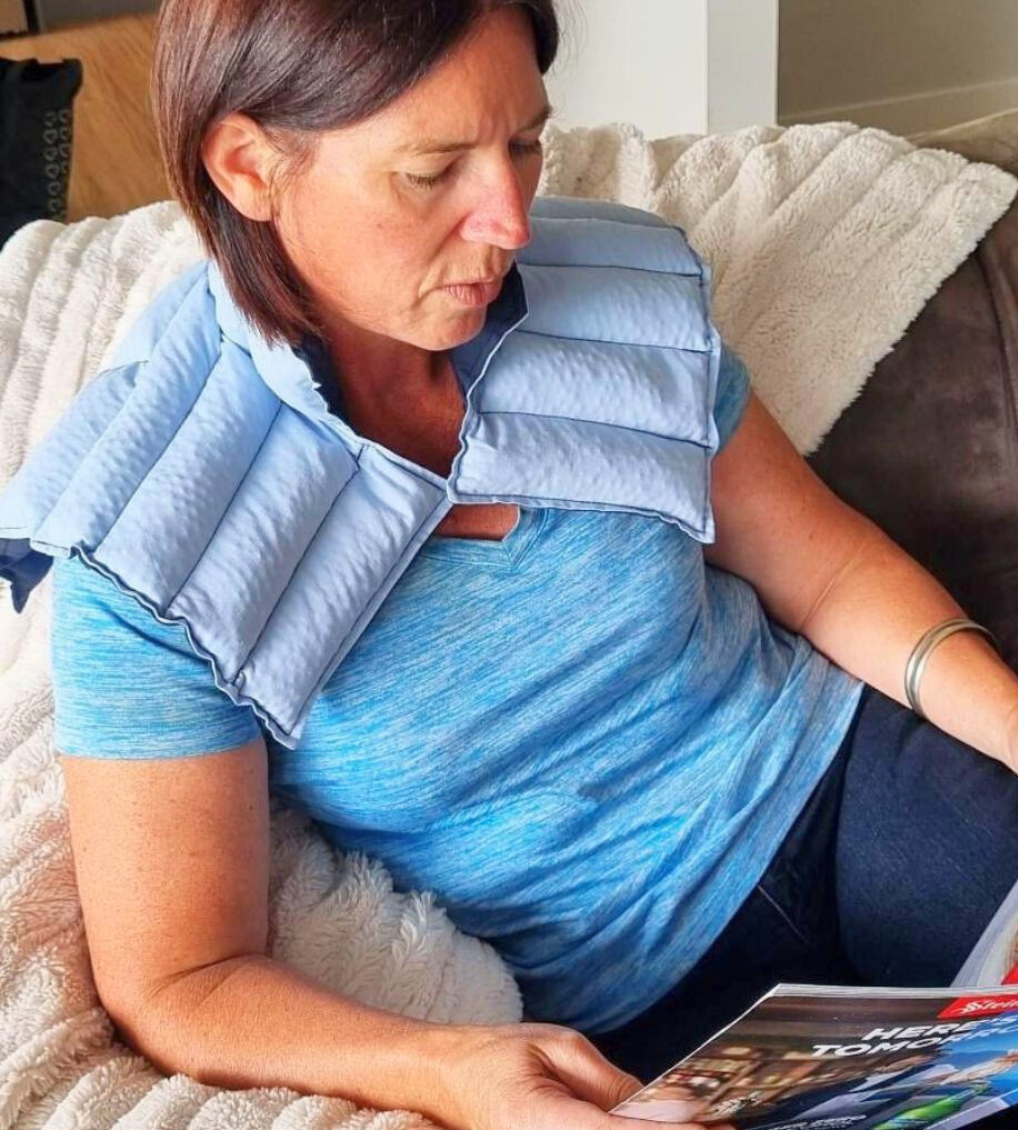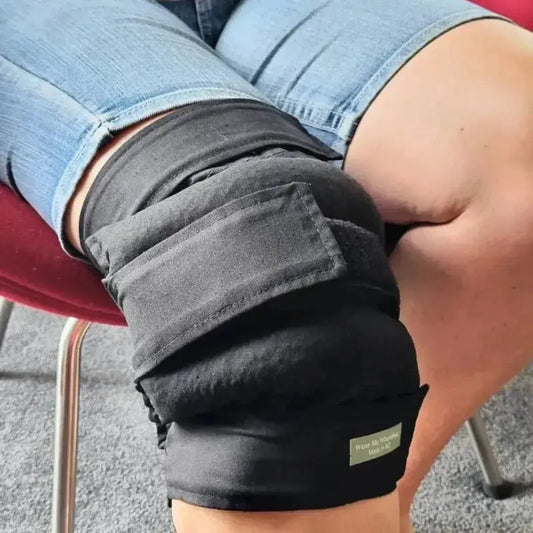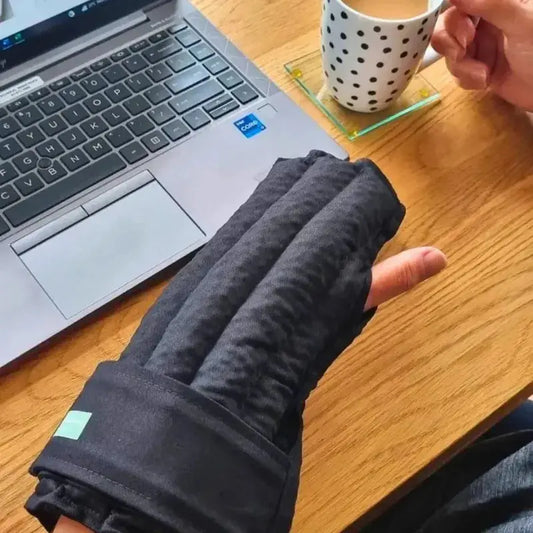Well worth purchasing
Partner says best one he has had
I have some arthritis in my thumb joint and the hand wheatbag is brilliant! Soothes by warming the entire area. Highly recommend these wheat bags. Mine are lupin filled!
The best thing ever - the heat pack dispels the dull, throbbing pain from overstretched knee ligaments- highly recommend.
Replaced an old shoulder bag that was developing too many holes allowing Lupins to escape, got sick of mending it so upgraded, like the way it wraps around my neck and across my shoulders, as a wheelchair users it helps when my right shoulder becomes sore from overdoing things
I love my lupin ‘bean’ bags … great for aches and pains and to warm up on cold days! I’ve just ordered my second lot! Awesome! Thankyou























